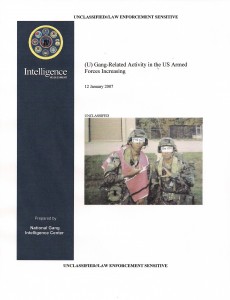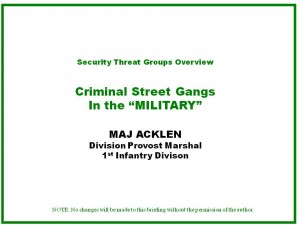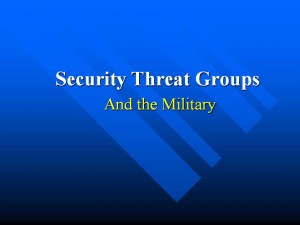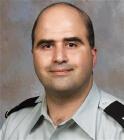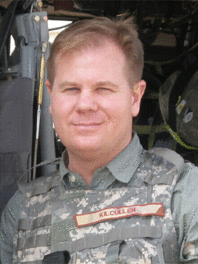Researcher Berto Jongman recommends….
Poverty and unemployment fuel the conflict according to 70% of Afghans, new Oxfam research shows
Seventy per cent of Afghans surveyed see poverty and unemployment as the major cause of the conflict in their country, according to new research by international aid agency Oxfam and a group of Afghan organisations. Ordinary Afghans blame government weakness and corruption as the second most important factor behind the fighting, with the Taliban coming third, followed by interference by neighboring countries.
200 Web Sites Spread Al Qaeda's Message In English
Reassessing the Evolving al Qaeda Threat to the Homeland: Testimony of Peter Bergen Before the House Homeland Security Committee, Subcommittee on Intelligence, Information Sharing and Terrorism Risk Assessment
Al Qaeda today no longer poses a direct national security threat to the United States itself, but rather poses a second-order threat in which the worst case scenario would be an al Qaeda-trained or -inspired terrorist managing to pull off an attack on the scale of something in between the 1993 Trade Center attack, which killed six, and the Oklahoma City bombing of 1995, which killed 168.


